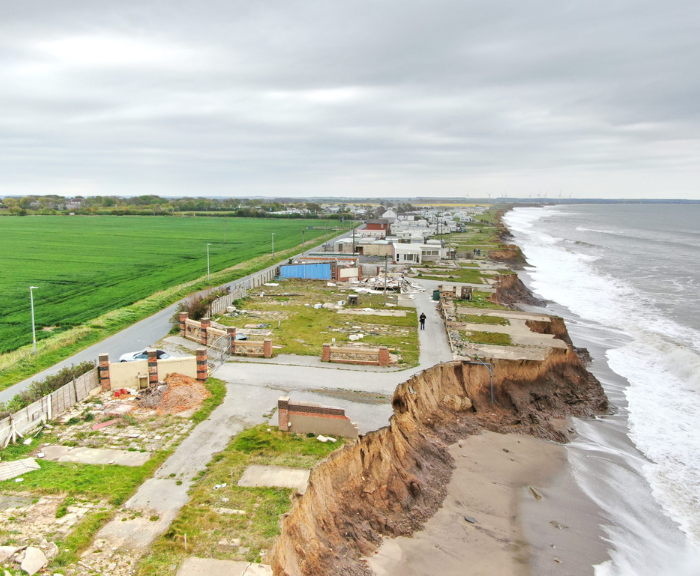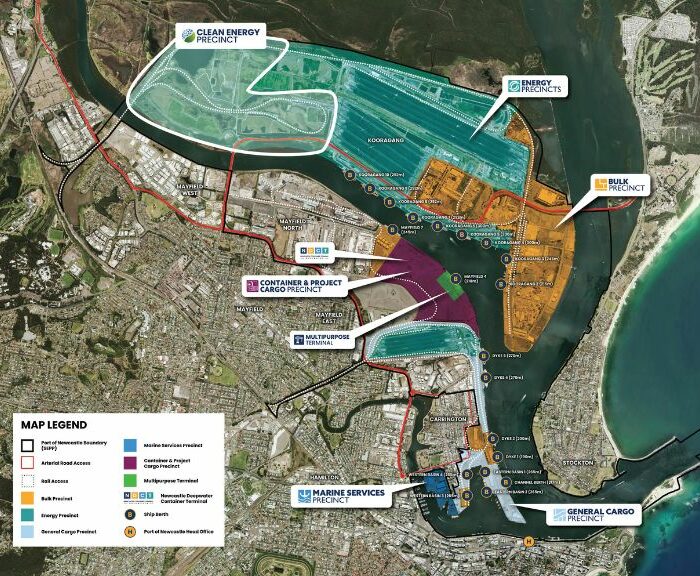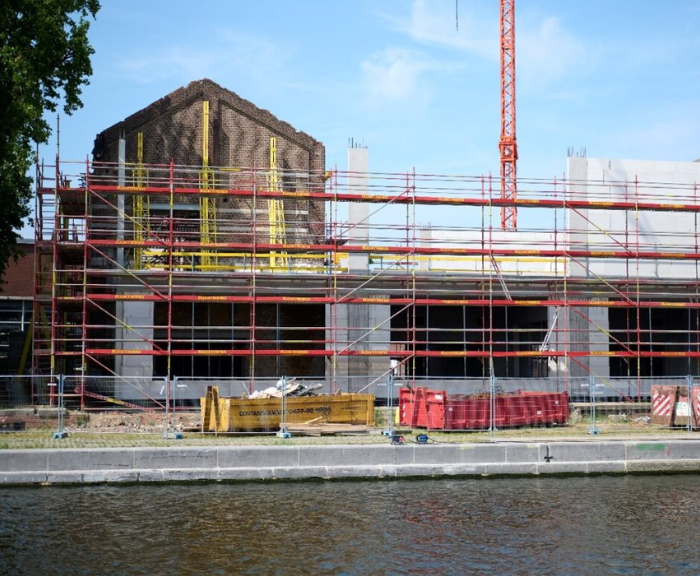Our events
Discover all the events where you can meet the AIVP network.
from
Wed
20
Aug
2025
to
Wed
25
Mar
2026
from
Tue
18
Nov
2025
to
Fri
21
Nov
2025
World Conference Cities & Ports / AIVP – New York, USA
New York, USA
The 2025 AIVP World Conference Cities & Ports will be held in New York! We […]
from
Tue
13
Jan
2026
to
Tue
16
Jun
2026
from
Wed
14
Jan
2026
to
Wed
24
Jun
2026





